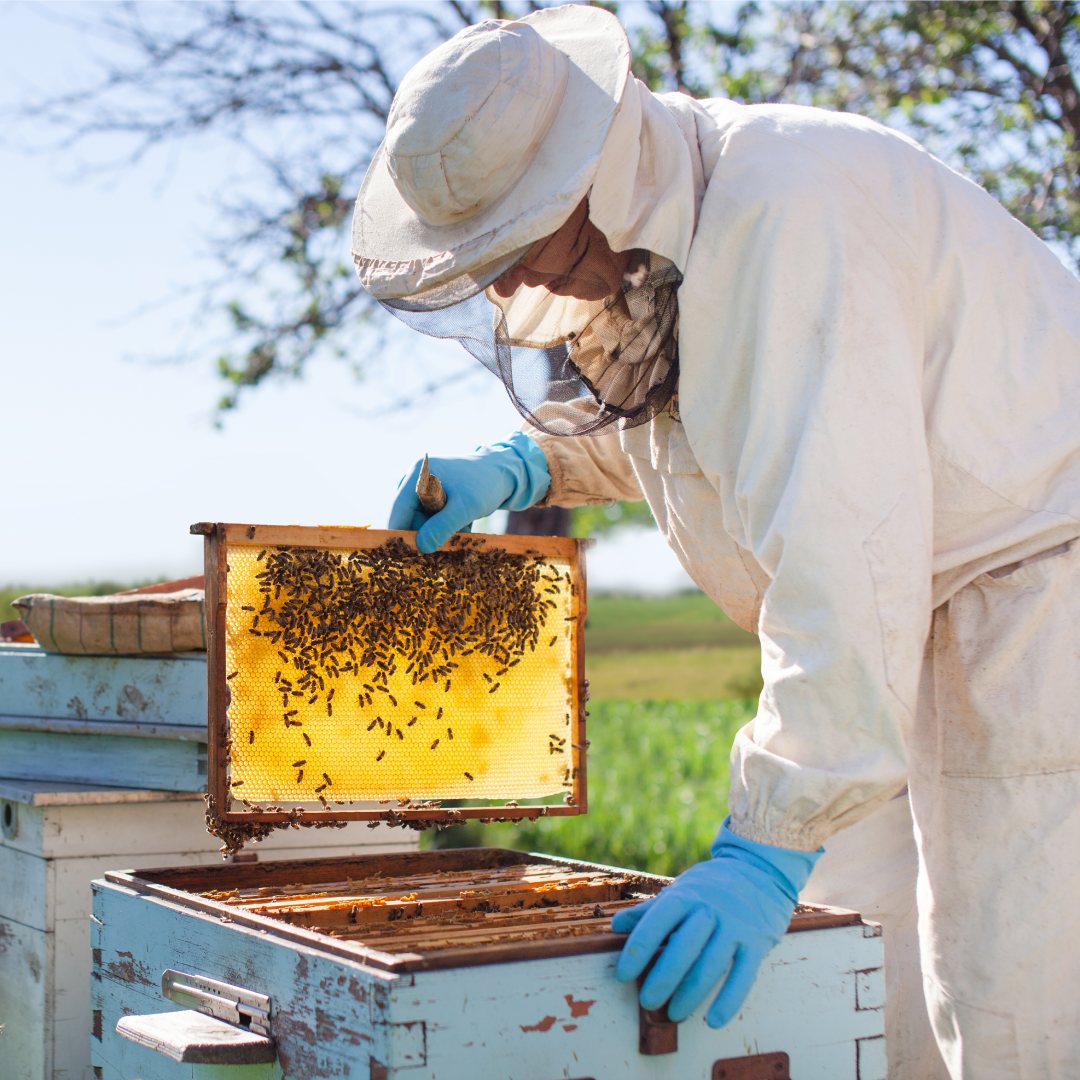Beekeeping, a rewarding and intricate craft, requires both passion and precision. One of the most important aspects of this practice is ensuring you have the right protective gear to inspect your hive safely. Proper hive inspection techniques keep you safe and ensure your bees’ health and productivity. Explore the protective gear you’ll need to inspect your hive.
Essential Protective Gear
Every beekeeper should invest in high-quality gear such as:
- bee suit
- gloves
- veil
A bee suit is your primary defense against stings, providing full-body coverage. Ensure it fits well but allows for easy movement. Gloves, preferably leather or latex, protect your hands while maintaining tactile sensitivity. A veil protects your face from curious bees and should provide clear visibility.
Inspect and Maintain Your Protective Gear
Make sure you inspect and maintain your protective gear to prolong its lifespan and effectiveness. After each hive inspection, clean your suit and gloves to remove pheromones that may attract aggressive bees.
Check for any tears or holes, especially in seams, and repair them promptly. Use mild soap and water for cleaning, and avoid harsh chemicals that could damage the fabric. This maintenance ensures that your gear remains a reliable barrier against stings.
Best Practices for Wearing Protective Gear
Correctly wearing your gear enhances its protective capabilities. First, always zip up your suit completely, double-checking any Velcro or elastic closures. Tuck your pants into your boots and ensure you securely fasten your veil.
When inspecting the hive, move slowly and deliberately to avoid alarming the bees. If possible, work in pairs to watch so you can watch each other’s back. This teamwork ensures you’ve sealed and secured all areas. Practicing proper hive inspection techniques goes hand-in-hand with the appropriate use of gear.
Common Mistakes To Avoid
Many beekeepers inadvertently expose themselves to risks by making simple mistakes. Avoid wearing clothes underneath your suit with strong scents, such as perfume or deodorant, as these can agitate bees.
Ensure you do not leave any gaps between your clothing and gear, as bees can find even the smallest opening. Refrain from wearing loose jewelry or accessories that may snag on your suit or gloves.
Proper protective gear is indispensable for any beekeeper looking to perform safe and effective hive inspections. By investing in quality gear, maintaining it, and using it correctly, you can enjoy your beekeeping experience to the fullest. Always remember to inspect your equipment regularly, ensuring it remains in top condition.

